About photographer
I grew up in England, home of the elk and brown bear, of the wolverine and cave lion, of the woolly mammoth and woolly rhinoceros. Of course, this was before my time.
For each of us, wherever we live on the planet, animals such as these walked in the very place where we now sit. But of course, most of these animals are long gone.
Meanwhile in parts of present-day Africa, albeit fewer parts by the day, even more extraordinary animals DO still roam. But the destruction of these animals, of these places, is not happening in the past, but in our own immediate present.
If we follow our present path of development and destruction, in just a few years time, rural African children will be as uncomprehending that elephants and giraffes once roamed the land in front of their homes, as we are that woolly rhinos once lived where our nearest shopping mall now stands. Keep going at this pace, and the unique megafauna of Africa will be rapidly gone the way of the megafauna of America and Europe many centuries ago.
This was the genesis for this body of work, Inherit The Dust.
Genesis: we are living through the antithesis of genesis right now. It took billions of years to reach a place of such wondrous diversity, and then in just a few shockingly short years, an infinitesimal pinprick of time, to annihilate that.
However, most of us still think that the destruction in Africa is to do with poaching, feeding the insatiable demand for animal parts from the Far East. Actually, it’s much more complex and monumental than that.
Mainly, it’s about us. Significantly, it’s about the terrifying number of us, and the impact of the very finite amount of space and resources for so many humans.
When many of us think of East Africa, we think of vast, unspoiled wilderness. It’s inconceivable that there may no longer be enough space for both animal and man. But this romanticized view is out-moded. There is almost no park or reserve big enough for the animals to live out their lives safely. And outside of those often surprisingly small areas, the animals are being relentlessly squeezed out and hunted down. With the current accelerating explosion in human population here, the wild spaces are disappearing at incredible speed.
Most African people would probably say that Western societies trampled over their own natural world centuries ago in the interests of economic expansion, and that in Africa, now it is their long overdue turn to economically grow. Why should they be deprived of the comfortable lives that most people have in the West?
In many regards, a reasonable argument. But perhaps to state the obvious, protection of the environment and economic benefit can go hand in hand. In many areas of East Africa where these animals do still exist - poor but still teeming with natural wonders - ecotourism is often the only truly significant source of long term economic benefit for the local communities. Take away the animals, and there is usually little left of economic value.
I conceived this project in early 2014. Unreleased portraits of animals that I had taken over prior years were printed life-size and glued to large panels. The panels were then placed in locations where animals such as these used to roam but, as a result of human impact, no longer do.
In all but a few of the final photographs, the animals within the panels are effectively invisible to the people going about their lives. The animals have been reduced to ghosts in these blasted landscapes.
The damnation of animal life, the debasement of human life, the destructive conjugality between the two: It is not just the animals who are the victims of environmental devastation, but also the humans now inhabiting these landscapes.
It’s a cliché, but we must act urgently (the subject of another essay). If we continue to do nothing, future generations will be inheriting the sad remnants of a once-vibrant living planet. They will be inheriting dust.

